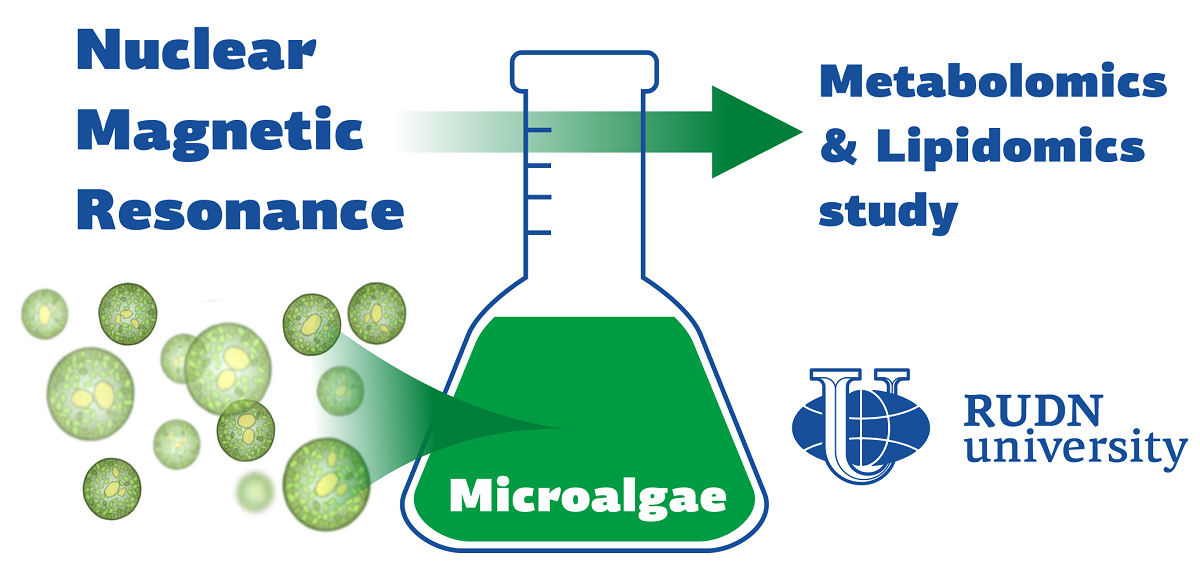RUDN University chemists revealed the potential of NMR spectroscopy for microalgae study
Microalgae are used as sources of bioactive substances — they produce secondary metabolites. These substances are useful in different areas, from cosmetology to the chemical industry and energetics. To determine the composition and amount of metabolites, they use the phenomenon of nuclear magnetic resonance (NMR), that is producing of electromagnetic signal when the magnetic moment of the nucleus changes. RUDN University chemists, together with colleagues from India, collected research on the use of NMR spectroscopy for the analysis of microalgae and outlined the most effective protocols and promising areas.
“Microalgal biotechnology has emerged that allows the continuous development of microalgae on a commercial scale due to its enormous biodiversity of bioactive components in various applications. Recent progress also unlocked microalgae potentials to uncover a range of novel metabolic capabilities such as fix atmospheric carbon dioxide, valorize waste resources and turn them into bio-products such as health, cosmetics and natural products for the development towards sustainable bio-refinery. NMR has been one of the top three analytical methods in metabolomics and lipidomics.,” said Vinod Kumar, RUDN University professor.
Chemists analyzed more than 50 papers on this topic. Among the advantages of nuclear magnetic resonance chemists named, for example, the ability to conduct several experiments with a single sample, since NMR does not destroy it. Moreover, NMR requires minimal sample preparation and can detect even previously unknown compounds. However, this method has its drawbacks. NMR is less likely to detect compounds with high molecular weight (such as long chains of fats). In addition, in the graphical representation, the peaks corresponding to different compounds can overlap each other. This makes analysis difficult.
RUDN University chemists came to the conclusion that the only way to increase the efficiency of metabolic analysis (to identify as many metabolites as possible) is to use a combination of mass spectroscopy and NMR. Nuclear magnetic resonance helps finding unknown compounds, which can then be accurately searched for in other samples using mass spectroscopy.
“The results obtained by quantitative mass spectroscopy methods are often complementary to those obtained by NMR, with MS methods being better at detecting hydrophobic molecules and NMR being better at detecting hydrophilic molecules of microalgae,” said Vinod Kumar, RUDN University professor.
The study is published in the Archives of Biochemistry and Biophysics.
Sergey Ivanov, a scholar from St. Petersburg, has been named the first winner of RUDN University’s International Prize for Scientific Achievements in Mathematics, worth 5 million rubles.
Products derived from microalgae represent a cutting-edge development in the field of bioeconomy. The potential of this biological resource was discussed at the international research seminar “Foundations for a Green Sustainable Energy”, part of the BRICS Network University’s thematic group on “Energy”. The event was organized by the Institute of Ecology at RUDN University.
Ambassadors of Russian education and science met at a conference in RUDN University to discuss how they can increase the visibility of Russian universities and research organizations in the world, and attract more international students in Russia.
